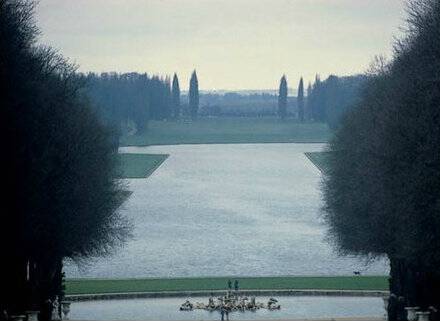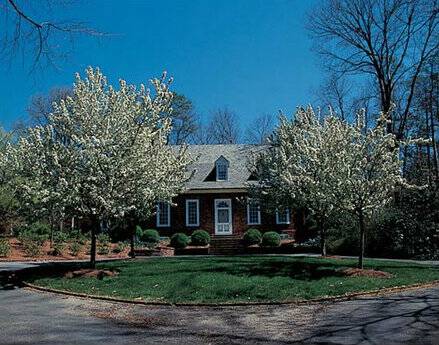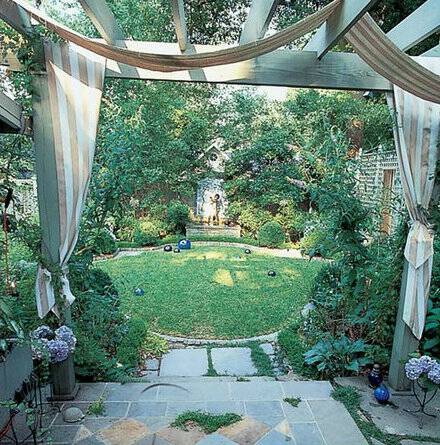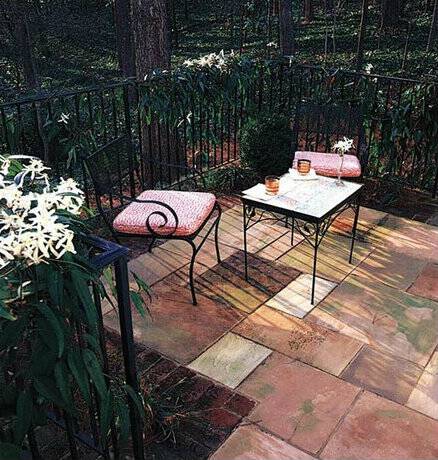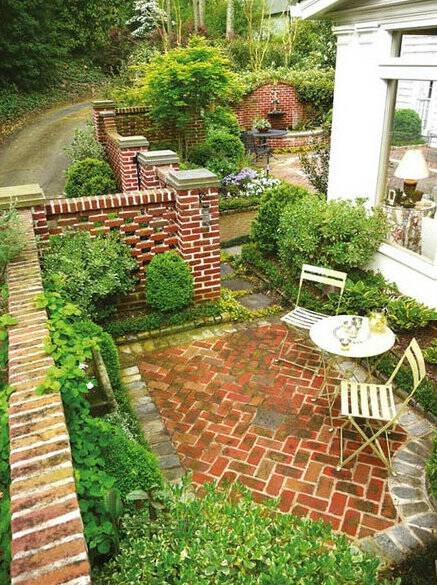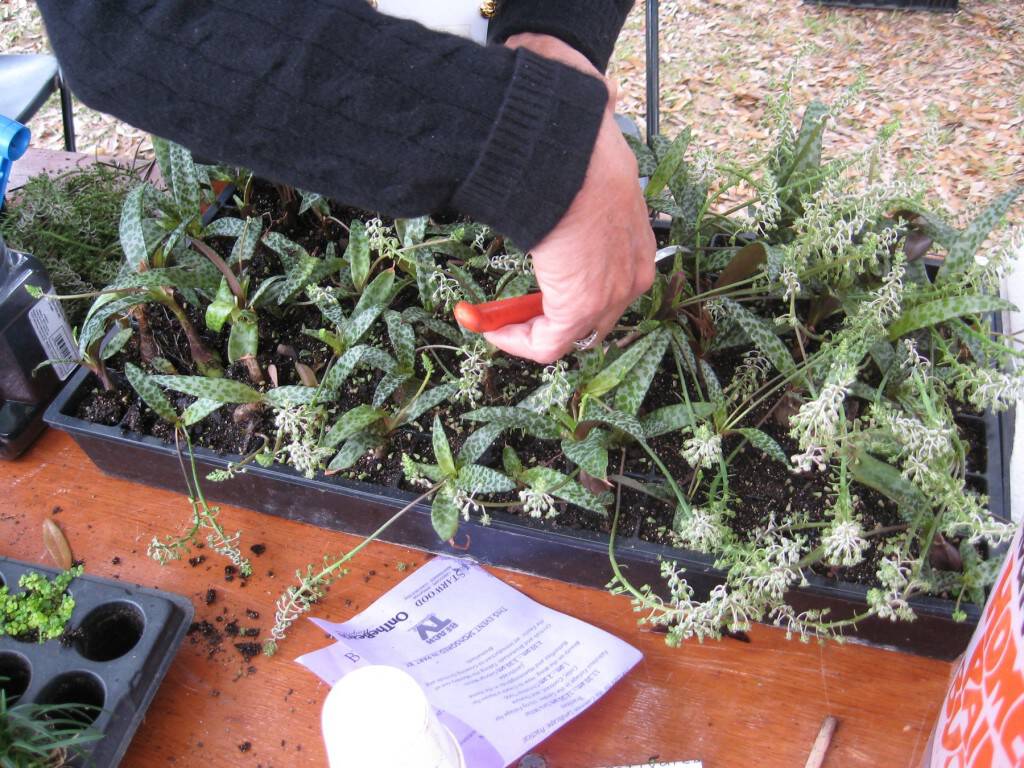As we shared earlier this month, the hub of your landscape is the place where activity generates from. The hub usually includes your home and the land just outside of it, making it a natural focal point of your landscape. With that in mind, it’s important to remember the hub is a powerful tool when it comes to creating one’s first impression of your home and landscape.
If your landscape’s hub isn’t setting a good first impression, it’s time to take a close look at what the problem may be and consider possible solutions. Let’s take a look at a few examples of identifying problems and solutions with a property’s hub from “Timeless Landscape Design.”
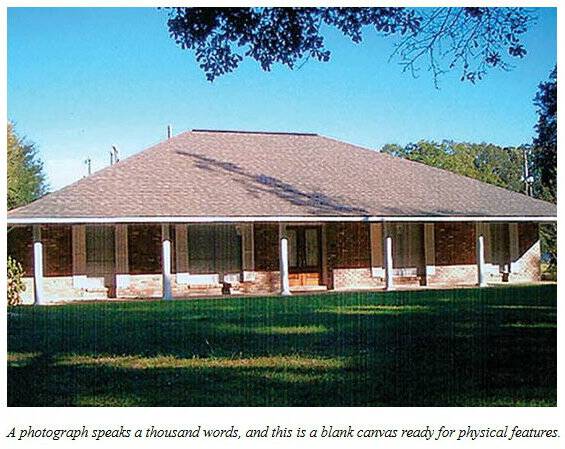
Photo Featured in Timeless Landscape Design
For the Colonel Othoniel Beall House in Charleston, South Carolina, the identity of the hub and its composure evolved from a single site on a blank canvas, as 15 years of decline and decay had taken its toll on the site. A symbol of the early preservation movement, this historical landmark was in need of a redesign in order to reinstate the property’s original beauty and glory. The homeowners gathered artifacts collected by the previous owner, which were photographed and catalogued. Measured drawings of the existing gardens were created in order to rework the space to include about 90 percent of those artifacts and plants already on site.
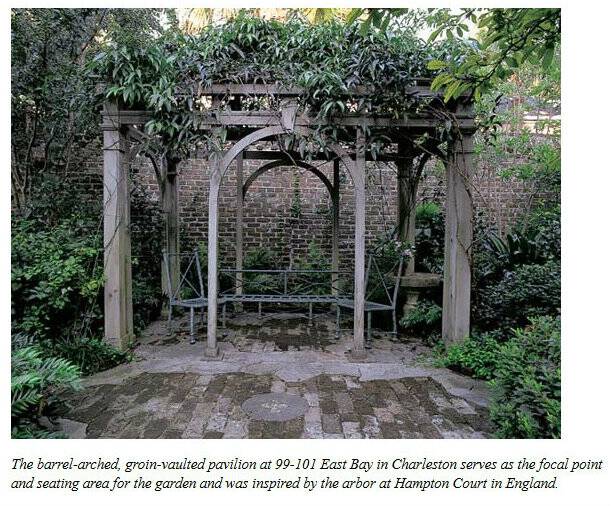
Photo featured in Timeless Landscape Design
Now, a series of lush garden rooms revolve around an elegant epicenter formed by an arched pavilion. Tea olive, tulip magnolia and camellia were re-established thanks to a new drip irrigation system, which will enable these plantings to be enjoyed for generations to come. In addition to existing plants, fountains, stone, brick, fieldstone and other items from the original property can be seen in these spaces, which preserve the property’s character and charm.
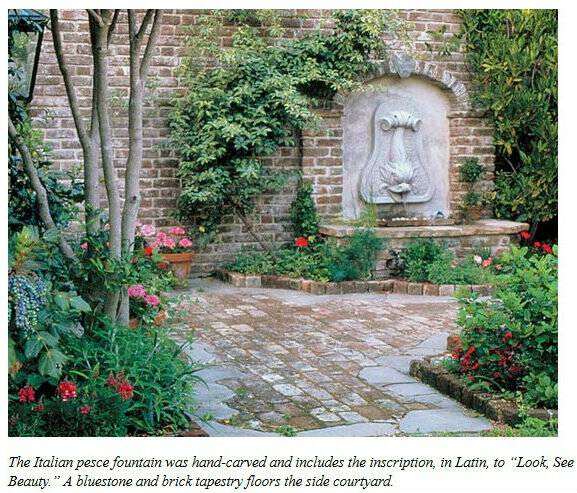
Photo featured in Timeless Landscape Design
From the restored retaining walls and fountains to the thoughtfully designed flowers beds and garden vistas, this property remains the crown jewel of the 18th-century Rainbow Row. “It is a lasting tribute to preservation of the fragile garden fabric of Charleston.”
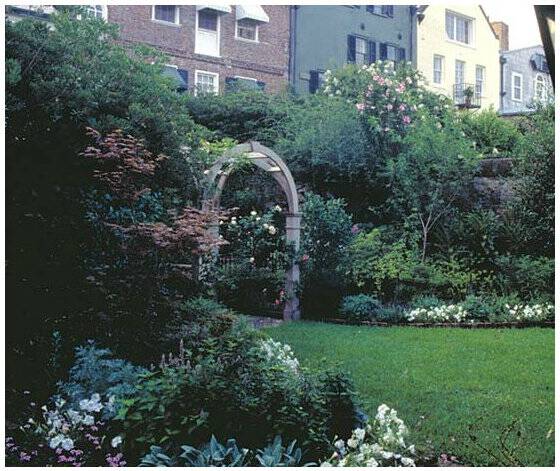
Photo featured in Timeless Landscape Design
The Abe, a densely wooded log cabin property in Cashiers, North Carolina, is another fantastic case study that shares of the challenges present when re-creating a period landscape for a property’s hub. The owners wished to honor the pioneer life during the presidency of Abraham Lincoln with their landscape, and the property’s constraints with size, steep slopes and the expansive house footprint created some interesting challenges to work through in order to achieve the desired look. Lots of research was conducted in order to ensure plants, materials and land patterns would accurately reflect the time period of Abe Lincoln’s time as president.
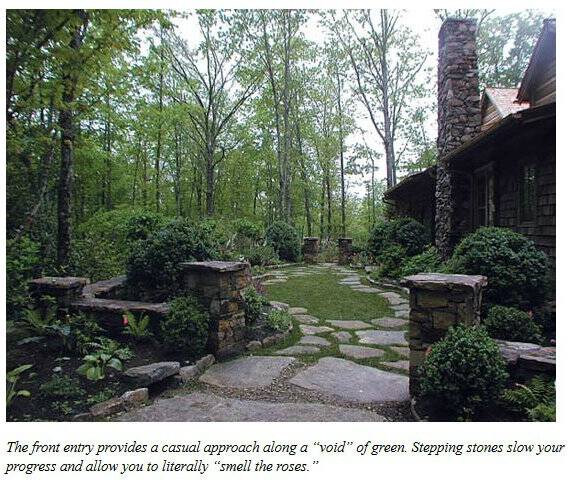
Photo featured in Timeless Landscape Design
The entry walk was lined with retaining walls constructed with carefully selected materials to highlight the natural landscape. Boulder walls supporting front and side plateaus create spaces for clusters of flower beds that weave together to create a series of gardens.
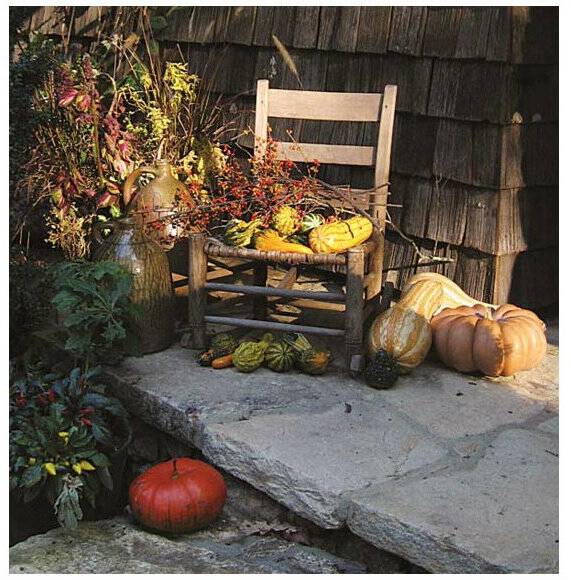
Photo featured in Timeless Landscape Design
A vernacular approach to garden design is reflected in special features that define each garden area, such as chicken feeders, stoned-edged raised beds and rhododendron benches. “The unique spirit of place allows the owners to explore their personal pioneer spirit and be in touch with their American heritage.”
Purchase your own copy of Mary Palmer’s book “Timeless Landscape Design” to learn more about improving your landscape’s hub, or contact Dargan Landscape Architects to discuss a tune-up or a new master plan for your property.
